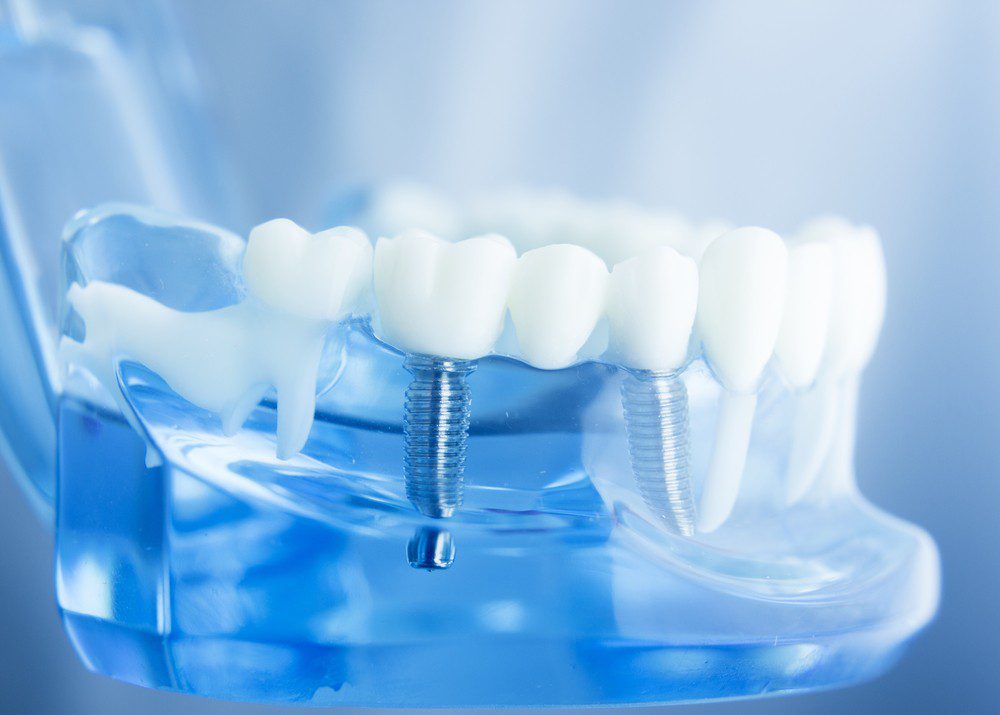Dental implant surgery is a common procedure for replacing missing teeth, offering a durable, natural-looking solution. This guide walks you through everything you need to know, from preparation to recovery.
Dental Implant Surgery Overview
Dental implant surgery is a procedure that replaces tooth roots with metal, screw-like posts and replaces missing or damaged teeth with artificial teeth that look and function much like real ones. It’s often an ideal option for people who’ve lost a tooth or teeth due to injury, periodontal disease, or other reasons.
Dental Implant Surgery Techniques
There are two main types of procedures: endosteal (implanted in the jawbone) and subperiosteal (placed under the gum but above the jawbone). Your dentist will determine the best method based on bone density, location of the missing tooth, and overall health.
Products & Services
Products used in dental implant surgery include titanium or zirconia implants, abutments, and crowns. Clinics may offer complementary services such as 3D imaging, sedation dentistry, and guided implant placement technology.
Why It’s Done
Dental implants serve both functional and cosmetic purposes. They:
- Improve chewing and speech
- Restore facial structure
- Offer a permanent and stable tooth replacement
- Prevent bone loss and shifting of nearby teeth
They are often recommended when bridges or dentures are not suitable or preferred.
Risks of Dental Implant Surgery
While highly successful, dental implant surgery carries some risks:
- Infection at the implant site
- Injury to surrounding structures (e.g., nerves, blood vessels)
- Sinus problems (for upper jaw implants)
- Implant failure due to insufficient bone or smoking
Your dentist will discuss these risks during your consultation.
How You Prepare
Preparation involves:
- Dental exams and imaging (X-rays, 3D scans)
- Medical history review
- Customized treatment plan
- Antibiotics or medication if necessary
- Lifestyle changes like quitting smoking
What You Can Expect
When Bone Grafting Is Required
If your jawbone is too soft or not thick enough, a bone graft may be needed to create a more solid base for the implant. This can extend the overall treatment timeline by several months.
Placing the Dental Implant
The surgeon inserts the titanium post into your jawbone. This process typically requires local anesthesia. Healing can take several months as the bone integrates with the implant (a process called osseointegration).
Waiting for Bone Growth
Osseointegration is crucial. Over the next 3–6 months, the bone grows around the implant, anchoring it securely.
Placing the Abutment
Once healed, an abutment is attached to the implant post. This part connects the implant to the crown and sometimes requires minor surgery.
Choosing Your New Artificial Teeth
You can choose between fixed (permanent) or removable replacement teeth. Your dentist will help design a crown that matches the shape, size, and color of your natural teeth.
After the Procedure
You may experience mild discomfort such as swelling, bruising, pain at the implant site, or minor bleeding. Most people return to work the next day. Long-term care includes regular brushing, flossing, and dental visits.
Conclusion
Dental implants are a safe and effective solution for replacing missing teeth. With proper preparation, the right materials, and careful planning, the procedure offers a lasting and natural-looking result. If you’re in Everett, WA, and considering dental implant surgery, Amy Norman, DDS, is here to guide you every step of the way. Book a consultation today to learn how dental implants can restore both your smile and your confidence.
Frequently Asked Questions
1. Is dental implant surgery painful?
Most patients report minimal discomfort during the procedure, thanks to local anesthesia. Post-op pain is usually managed with over-the-counter medication.
2. How long do dental implants last?
With proper care, dental implants can last 15 years or more—often a lifetime.
3. What is the recovery time for dental implant surgery?
Initial healing may take a few days, but full osseointegration typically takes 3 to 6 months.
4. Who is not a candidate for dental implants?
People with uncontrolled diabetes, heavy smokers, or those with insufficient bone may not be ideal candidates.
5. How much does dental implant surgery cost?
Costs vary widely based on geography, the number of implants, and materials used—typically ranging from $3,000 to $5,000 per implant.



